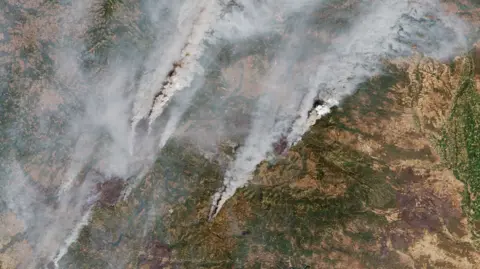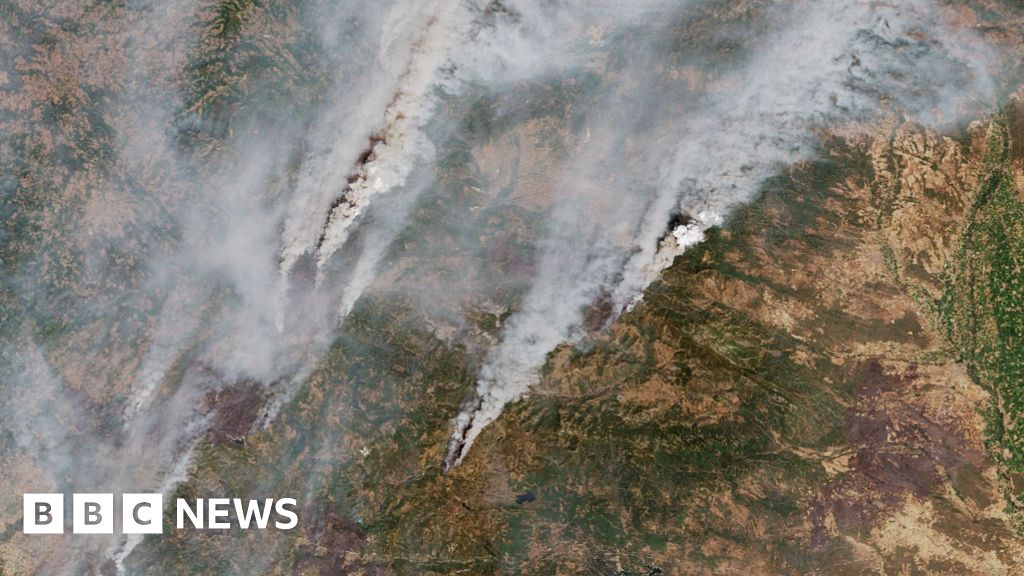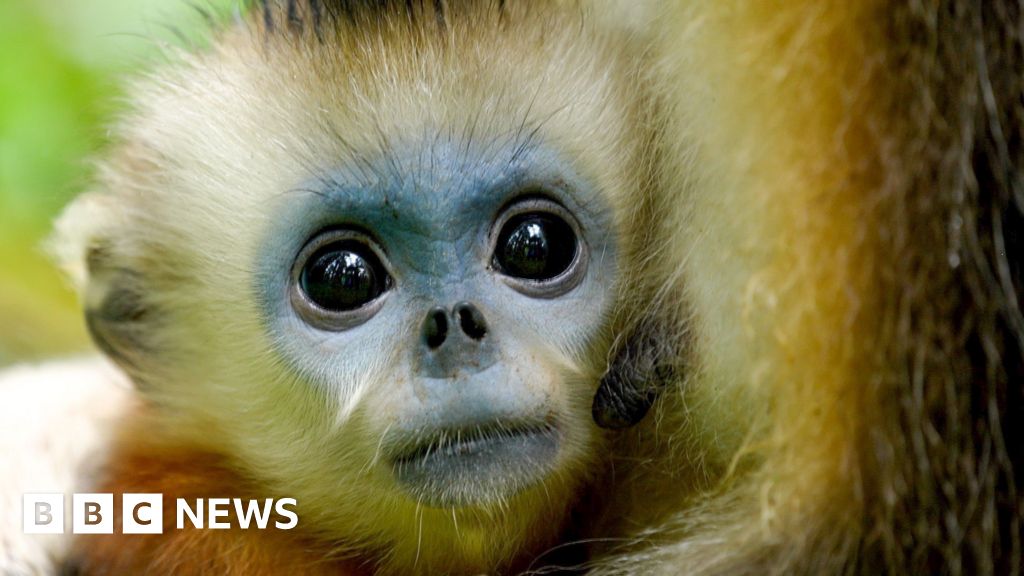Australia's Great Barrier Reef, often called the world's largest living structure, is facing an alarming environmental crisis as it witnesses the largest annual decline in coral cover since records began nearly 40 years ago. A new report from the Australian Institute of Marine Science (AIMS) highlights that both the northern and southern branches of the reef experienced widespread coral bleaching due to a combination of factors, including tropical cyclones and crown-of-thorns starfish infestations. However, the predominant cause is heat stress from climate change.
AIMS warns that the reef may soon reach a critical tipping point where it cannot recover rapidly between catastrophic events, leading to a concerning "volatile" future for this rich habitat. The report details surveys conducted on 124 coral reefs from August 2024 to May 2025, as part of AIMS' ongoing monitoring since 1986.
Once celebrated for its vibrant biodiversity, the Great Barrier Reef spans 2,300 kilometers (1,429 miles), but repeated coral bleaching events have drastically altered its appearance, turning sprawling sections of previously colorful corals into stark white landscapes. Coral plays a vital role in marine ecosystems, serving as the "architects of the sea," and supporting about 25% of all marine species.
Coral bleaching occurs when stress from high water temperatures causes coral to expel the algae living within it, leading to a loss of color and vitality. If the temperature exceeds coral's thermal limit by just 1°C (1.8°F) for two months, the coral is likely to perish. A rise of 2°C allows for survival for only about one month. The most recent widespread bleaching event occurred from 2024 into early 2025, marking the sixth such incident since 2016.
Alongside climate change, natural phenomena like El Niño contribute to these mass bleaching occurrences. The AIMS report noted the unprecedented levels of heat stress leading to extensive and severe bleaching across the reef.
Recovery from such damage may take years, hinging significantly on future coral reproduction and a reduction in environmental disturbances. Among the most affected coral species is the Acropora, known for its rapid growth yet high susceptibility to heat stress, as well as being a target for crown-of-thorns starfish, which have seen their populations surge since the 1960s, largely exacerbated by agricultural runoff.
Dr. Mike Emslie, lead researcher at AIMS, emphasized the need to protect the Great Barrier Reef, highlighting its inherent ability to recover when given the chance. Some progress has been made through the Australian government's culling program, which has successfully reduced the population of crown-of-thorns starfish by over 50,000 through a targeted injection method.
Richard Leck from the global environmental charity WWF remarked on the grave state of the reef, warning that the ecosystem is under immense pressure and may not continue to bounce back without significant and immediate climate action. After more than 40 years of being heritage-listed, UNESCO now cautions that this natural wonder is "in danger" due to rising sea temperatures and pollution, prompting urgent calls for action to safeguard its future.


















